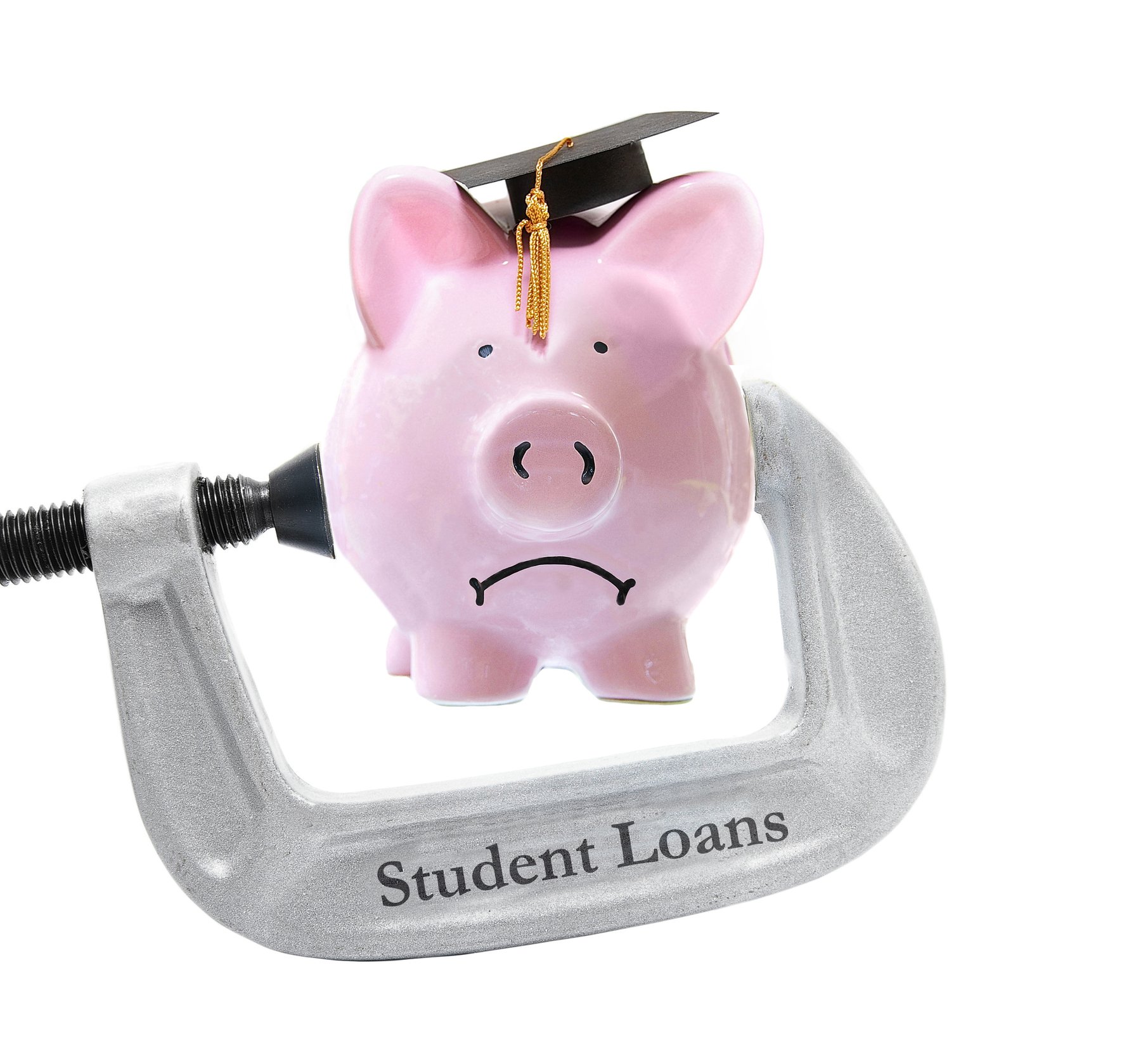
We have all heard it in the news. Most of us have even heard it from our friends and family: Student loan debt is taking a serious toll on those who choose to pursue higher education. In order to curb some of these intimidating costs, it’s a good idea to make sure that you or your child applies to receive financial aid.
You may think you know how to fill out the necessary forms and get the appropriate level of help, but there are some things you can do to better your chances of getting more financial aid. Check out the guide below to help ensure you can fund the right education for you or your child – without signing on to lifelong, crippling debt. (Read about student loan forgiveness programs here.)
1. Fill Out Your FASFA
The Free Application for Federal Student Aid, or FASFA, determines a student’s eligibility for many college scholarships, grants, work-study programs and loans. You absolutely must fill these forms out to qualify for federal tuition help. It’s important not to ignore the form if you find it too long or avoid it because you think it’s too complicated or intrusive.
You should try to fill the FAFSA out early because much financial aid is often awarded on a first-come, first-serve basis. If you need help going through it, you can check out the free resources provided by the U.S. Department of Education.
2. Compare Packages
Usually, every college or university to which you’ve applied will send financial aid award notices. It’s important to take the time to study and compare these. You may want to make sure you are comparing apples to apples. Keep in mind that grants are the best kind of financial aid because you don’t have to pay them back. However, loans and work-study offers can still help cover your tuition. Both federal and college-specific offerings should be considered in your comparison.
You may be able negotiate a better package (or, even, use one aid package to try and bargain with schools that offered less generous aid, though, be aware that this move may be seen as aggressive to some financial aid counselors).
3. Keep in Contact With the Financial Aid Office
Be sure you are following the proper protocol when it comes to financial aid. Call each university’s office and ask if there is a formal appeals process that could help you secure more financing. You may also want to meet with an aid adviser or administrator in person to establish a relationship. Down the road, it’s a good idea to alert them when circumstances change, like your parents getting divorced or suffering a notable drop in income.
4. Apply for Outside Awards
Filling out your FASFA will automatically put you in consideration for certain packages and federal college grants. But it’s important to also seek separate sources of grants or scholarships to fund higher education expenses. Look to local institutions, community-based groups, non-profits, and even corporations for these opportunities. Often times, your high school keeps a collection of them on hand. Some may require a certain GPA, family heritage, number of community service hours, or sports and activity involvement. It’s a good idea to look into all options.
College can be costly, but getting financial aid can seriously reduce your future student loan debt. Researching and taking some time to squeeze every possible dollar from your financial aid package can really help.
This article originally appeared on Credit.com and was written by AJ Smith.









